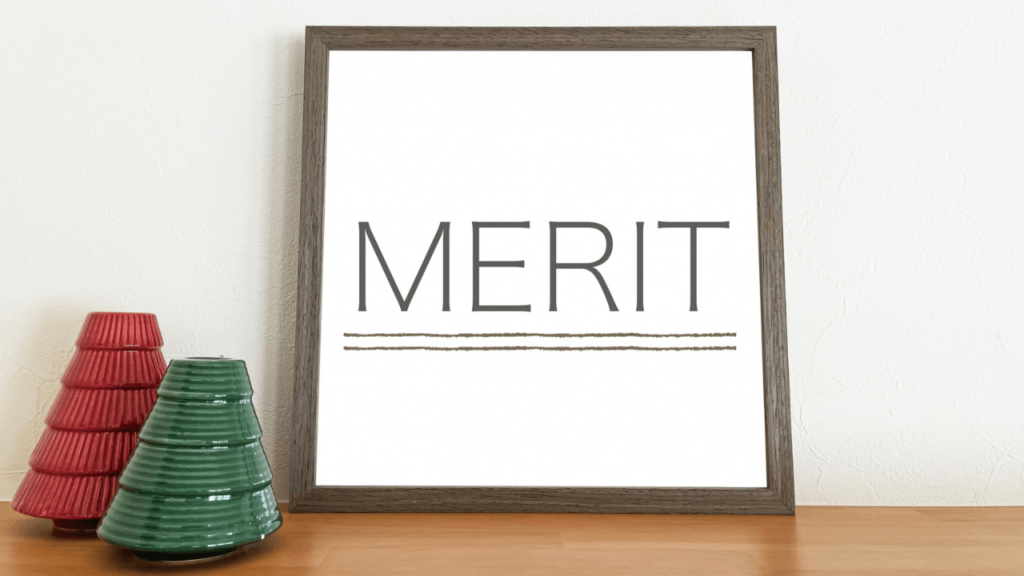The two-five progression carries a sense of resolution that underlies not only jazz but also classical music.
Once you internalize the two-five, you won’t get lost harmonically in improvisation, accompaniment, or composition.
Use this article to learn the two-five.
What Is the Two-Five Progression?
The two-five progression (II–V–I) is a three-chord pattern that heightens tension with the supertonic (II) and dominant (V) chords in a key and resolves on the tonic (I).
Known as a jazz staple, it’s a universal harmonic device that also appears frequently in Baroque and Classical cadences.
If you master the two-five, you’ll gain a solid harmonic foundation for improvisation, accompaniment, and composition.
- Chords in key of C: Dm7 → G7 → Cmaj7
- Roman numerals: Ⅱm7 → Ⅴ7 → Ⅰmaj7
- Character: the classic cadence of tension → release
Benefits of Learning the Two-Five on Piano

The II–V–I is essentially the classical authentic cadence (dominant → tonic) enhanced by adding a subdominant-like II.
When you practice it at the piano, you grasp harmonic flow with both your ears and fingers, which helps you avoid getting “lost” while improvising.
- Instant accompaniment: left-hand roots + right-hand guide tones already sound stylish
- Songwriting framework: swap in a melody and you’ll get a natural sense of resolution
- Shorter transcription time: you’ll learn to hear not only V → I but also the II → V motion

3 Steps to Lock In the Chord Structure

① Guide-tone practice
Right hand plays only the 3rd and 7th; left hand plays single-note roots.
② Shell voicings
Right hand 3rd + 7th + 9th; left hand 1 + 5 to create depth with five tones total.
③ Rootless voicings
Assuming a bass player, learn right-hand-only chords. (e.g., Dm9 = F–C–E; G13 = F–B–E)
Working through the steps this way makes it easier to absorb the progression.
Piano Performance Techniques

The two-five generally comes in two forms: a “one-bar two-five” with II and V in a single bar, and a “two-bar two-five” that spans II | V over two bars.
As you add detail, the left-hand bass lines become smoother, and your right-hand improvisation gains clearer contours.
- Walking bass: move scalewise in the left hand, e.g., 1–5–3–♭3–2–5–1.
- Chromatic approach: add ♭9 (A♭) right before G7 for a modern tension.
- Bebop scale: apply the C major bebop scale in your right-hand soloing to control landing points with eighth notes.
Briefly lift the damper pedal at the seam between II and V to create separation and highlight the resolution.
Reference Examples in Classical Music

Bach: “The Well-Tempered Clavier, Book I — C major Prelude”
An II–V–I cadence of Dm–G–C appears at bar endings.
Mozart: “Piano Sonata K.545,” Mvt. 1
The development section incorporates Ⅱm–Ⅴ7–Ⅰ resolutions—great for studying Classical-style ornamentation.
Beethoven: “Pathétique Sonata,” Mvt. 2
Analyzing two-fives using a diminished fifth, such as Dm7(♭5)–G7–Cmaj7, offers hints for modulation.
A 5-Day Practice Plan

Day 1 – Loop at 60 BPM with left-hand roots + right-hand guide tones
Day 2 – Turn the right hand into shell voicings
Day 3 – Transpose to nearby keys (G, F)
Day 4 – Run through all 12 keys via the Circle of Fifths
Day 5 – Walking bass + right-hand improv for 8 bars
Application Ideas

- Sub V substitution: replace G7 with D♭7 to add color via chromatic resolution.
- Tritone sub → IIm: try Ⅱm(♭5)–♭II7–I for a hint of medieval-flavored spice.
- Rhythmic shifts: swap swing → bossa nova, or use a 3:2 clave Latin feel.
FAQ

Q. Any tips for recognizing a two-five quickly?
A. Learn the contrast between the “soft” sound of Ⅱm7 and the “edgy” tensions of Ⅴ7 (♭9, 13, etc.) as a pair—it gets easier to spot.
Q. Can I use it in a rock style?
A. If you swap the Ⅴ7 for a power chord (G5), you can keep the II–V–I resolution while adapting to a rock sound.
Q. Anything beyond C major feels hard…
A. Trace the Circle of Fifths clockwise and practice in adjacent keys (F, G) first.
Summary
By mastering the two-five progression, you’ll deepen your harmonic understanding for jazz standards, classical cadence analysis, comping, and composition.
Start with Dm7–G7–Cmaj7 in the key of C, then transpose and apply it; you’ll be able to create a stable sense of resolution in virtually any tune.

